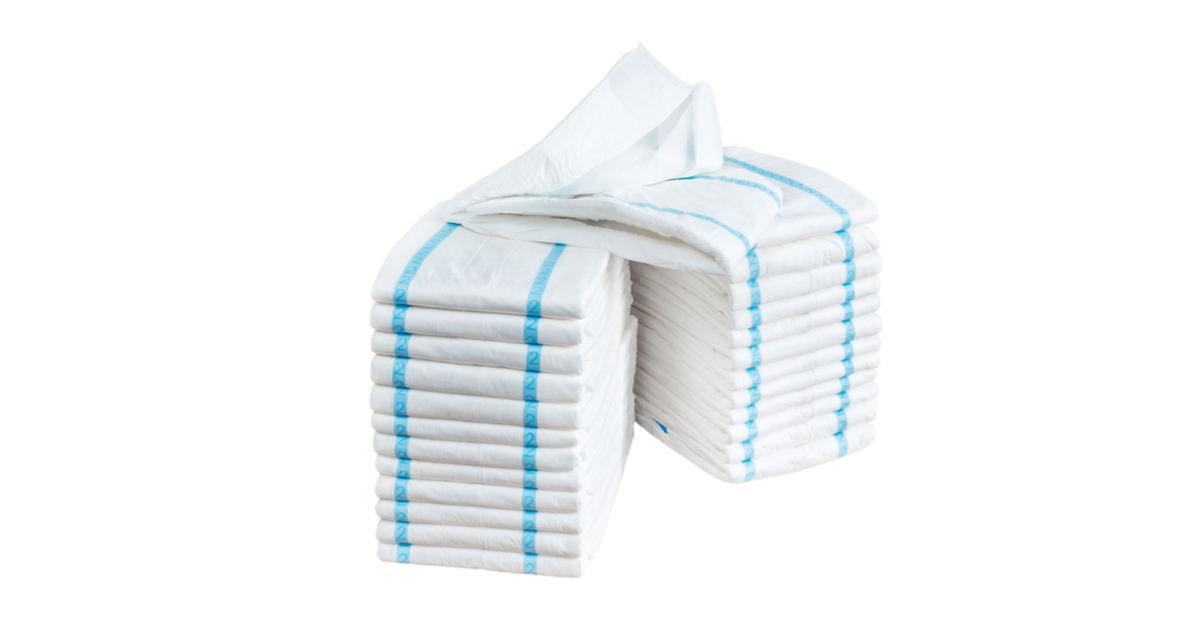Urinary incontinence is the involuntary leakage of urine. It means a person urinates when they do not want to. Control over the urinary sphincter is either lost or weakened. And it has a reputation of being something only little old ladies have. But many young people get urinary incontinence. And while more women than men are affected, men can have urinary problems, too. Fortunately, there are many treatments for urinary incontinence.
Urinary incontinence can be due to stress factors, such as coughing, it can happen during and after pregnancy, and it is more common with conditions such as obesity. The chances of it happening increase with age. Bladder control and pelvic floor, or Kegel, exercises can help prevent or reduce it. Treatment will depend on several factors, such as the type of incontinence, the patient’s age, general health, and their mental state.
Some people with urinary incontinence may get relief by making simple lifestyle changes. If you have stress incontinence, for instance, in which you leak urine when you cough, sneeze, or laugh, your doctor may tell you to limit how much you drink. If you have urge incontinence, in which you get the sudden urge to urinate and can’t always make it to the bathroom in time, your doctor may tell you to avoid spicy foods, caffeine, and carbonated drinks. Exercises to strengthen the pelvic floor muscles, known as Kegels, can sometimes help people with stress incontinence.
If medications are used, this is usually in combination with other techniques or exercises. Anticholinergics calm overactive bladders and may help patients with urge incontinence. Topical estrogen may reinforce tissue in the urethra and vaginal areas and lessen some of the symptoms. () is a tricyclic antidepressant.
If the above treatments don’t provide enough relief, surgery may help. One procedure works by supporting the bladder so that it returns to its normal position. Another surgery, called a sling procedure, uses a strap of synthetic mesh or natural tissue to support the urethra, the tube that carries urine. There are also small nerve stimulators that can be implanted just beneath the skin. The nerves they stimulate control the pelvic floor area and the devices can manipulate contractions in the organs and muscles within the pelvic floor.
For urinary incontinence treatment, start with your primary care doctor. If your primary care doctor is unable to help, ask for a referral to a specialist. About 80% of people with urinary incontinence can improve or even be cured. The best outcome depends, of course, on getting the correct diagnosis and following your doctor’s advice to help improve your condition.
Eileen Song


